Your car's serpentine belt plays a crucial role in keeping your vehicle running smoothly. If it fails, you could find yourself stranded on the roadside, waiting for a tow truck. To avoid such situations, we recommend replacing the serpentine belt before it breaks, saving you both time and money on future repairs.
What is a Serpentine Belt?
Named for its snakelike path around the engine's pulleys, the serpentine belt is a lengthy rubber belt that transfers power from the engine's crankshaft to various accessory pulleys. These pulleys, in turn, drive essential components like the alternator, power steering pump, air conditioner, and, in some cases, the water pump for the cooling system.
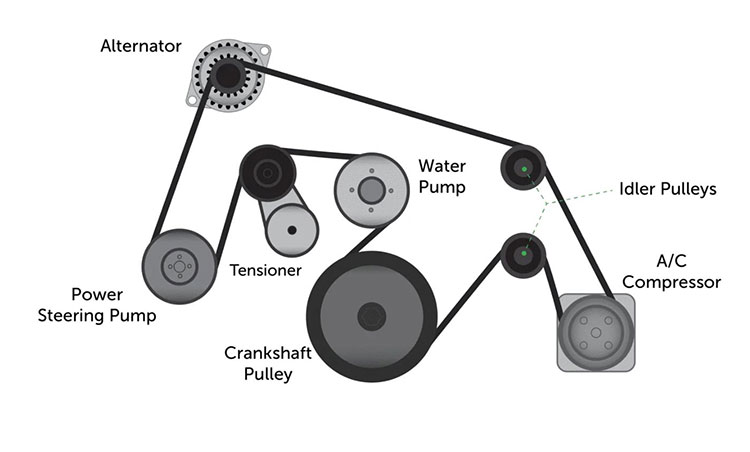
In the past, vehicles used multiple belts to connect the engine to different accessories, leading to terms like "fan belt" or "accessory belt." However, modern vehicles typically employ a single serpentine belt, making the system more efficient and reliable. Yet, if this singular belt breaks, it brings all accessory functions to a halt, including power steering, air conditioning, and battery charging, and potentially causing engine overheating and damage to controlled accessories.
How Long Do Serpentine Belts Last?
Serpentine belts are durable and can last for several years, often requiring replacement only once or twice over a vehicle's lifespan. Industry standards suggest inspecting the belt at 60,000 miles for wear and tear and replacing it if necessary. Regardless of its appearance, replacing the belt every 90,000 miles is recommended to minimize the risk of a breakdown.
Your car's serpentine belt is designed to endure, typically lasting between 60,000 and 100,000 miles under ideal conditions. Regular replacement, even if the belt appears fine, is crucial preventive maintenance to avoid unexpected failures on the road.
Find here the serpentine belt replacement cost for Understanding Expenses for Smooth Vehicle Operation.
Signs of a Worn Serpentine Belt
While serpentine belts are built to last, they eventually wear down due to heat and friction. Recognizing signs of a failing belt can help you address the issue before a complete failure occurs. Look out for:
1. Signs of wear such as cracking, glazing, or fraying.
2. Squealing or chirping sounds, indicating a slipping belt.
3. Performance issues like power steering failure, sudden battery drain, or a stalled engine.
4. Check Engine Light illumination.
5. Unusual noises from the belt area.
Regular inspections, either visually or during routine maintenance, can identify wear and tear, ensuring timely replacement.
What Happens When the Serpentine Belt Goes Bad?
Serpentine belts typically last 50,000 to 100,000 miles, but several signs indicate when it's time for a replacement:
1. Squealing from power steering or air conditioning, indicating belt wear.
2. Visible wear and tear, such as cracks or damage.
3. Squealing noise under the hood, potentially due to a worn belt tensioner.
Replacing your serpentine belt is a common maintenance task, and the good news is, that you can do it yourself with just simple hand tools. It's an easy and straightforward job that can save you time and money. Learn how to replacing a serpentine belt with simple steps and common tools.
If the belt breaks, critical engine components like the alternator, water pump, and power steering pump cease to function. This can lead to a lack of power steering, a lit battery light, and rapid engine overheating. In such cases, immediate action, such as pulling over and seeking assistance, is crucial to prevent further damage. Ignoring these symptoms could result in more severe issues, such as warped heads or blown head gaskets, outweighing the cost of a tow.






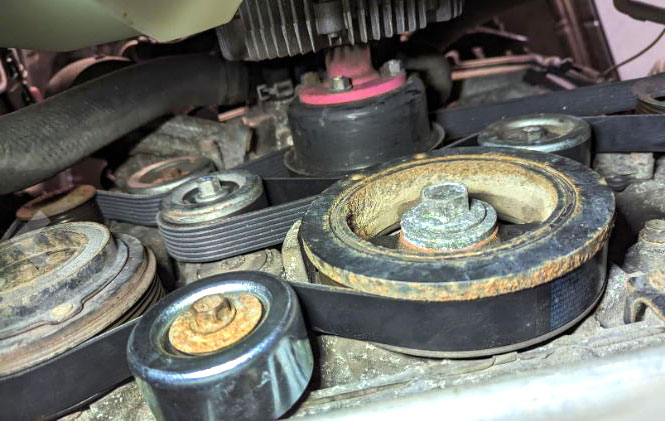
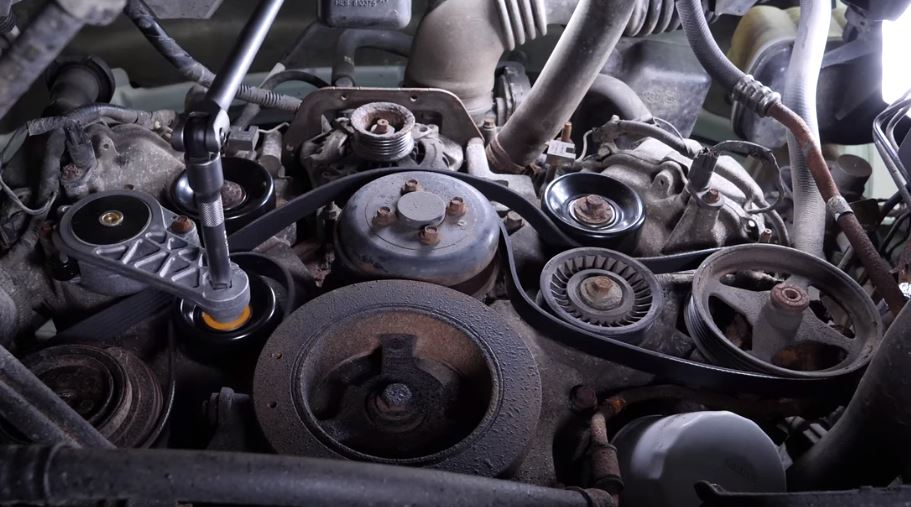


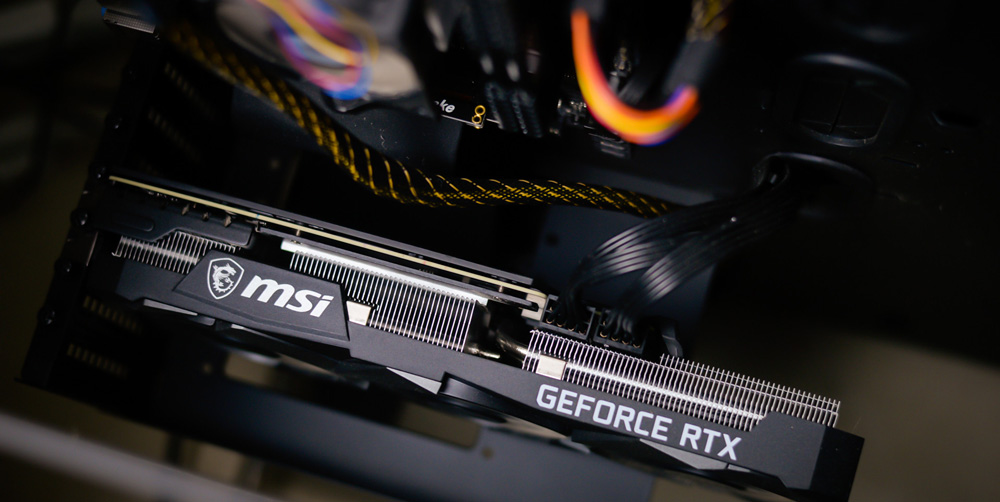

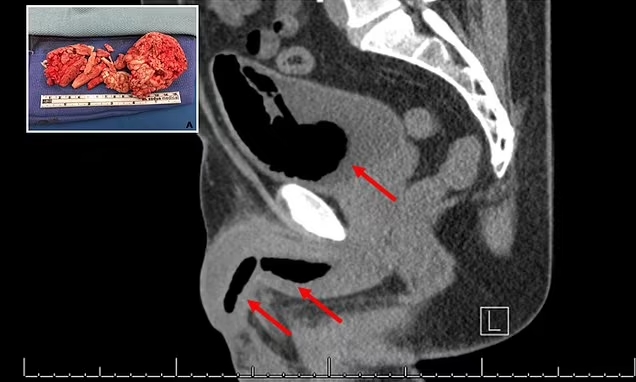




 English (United States) ·
English (United States) ·